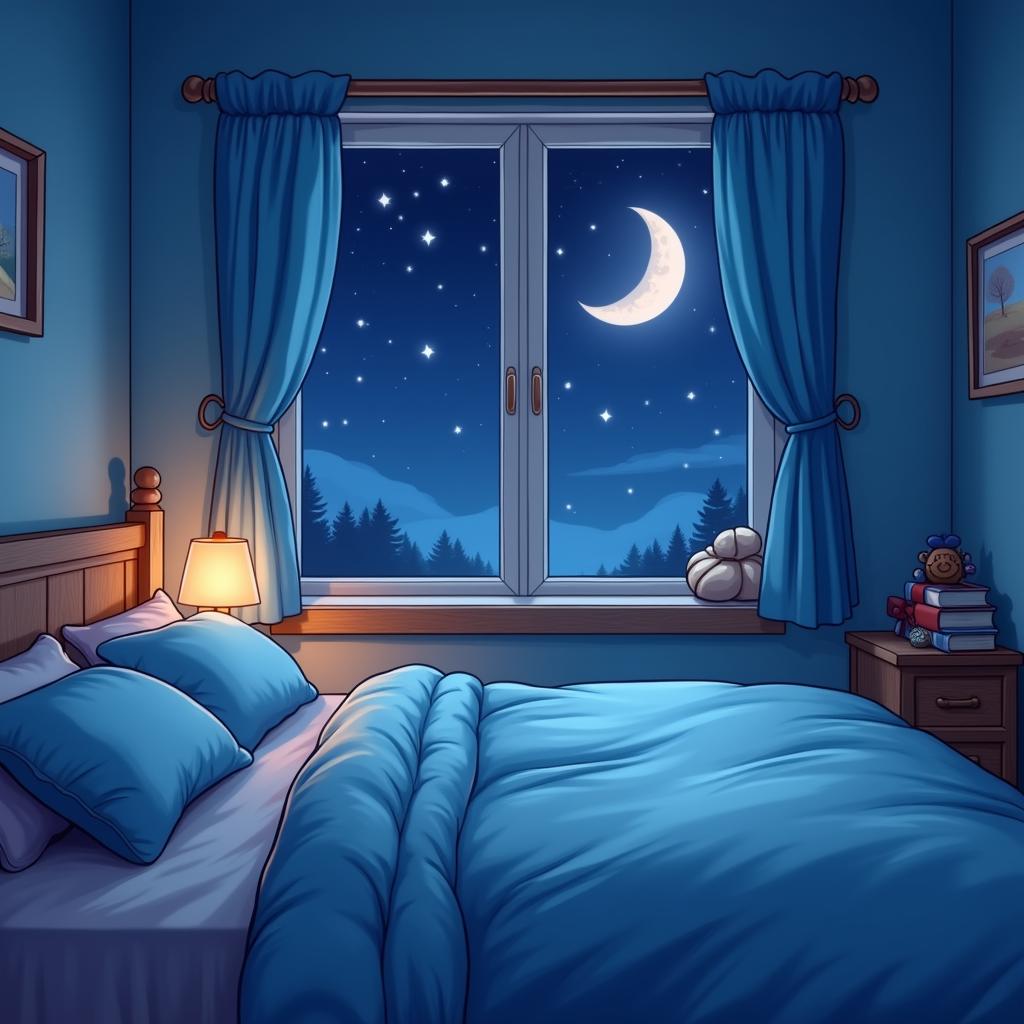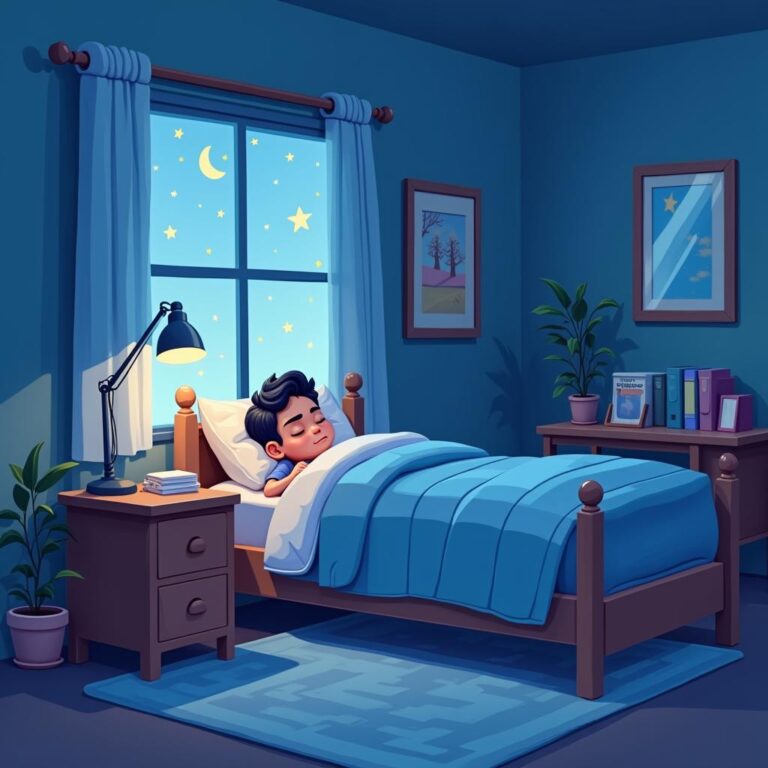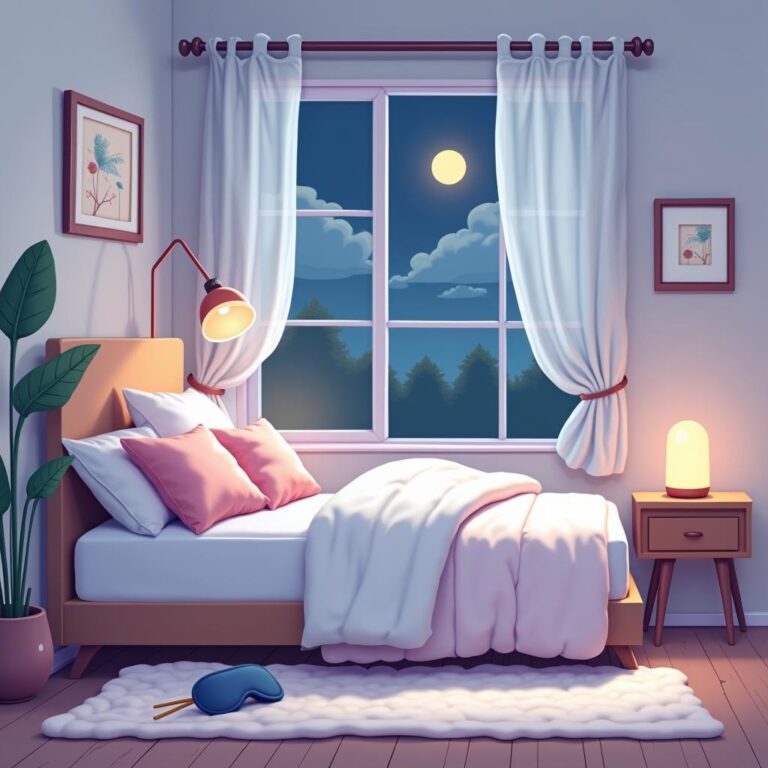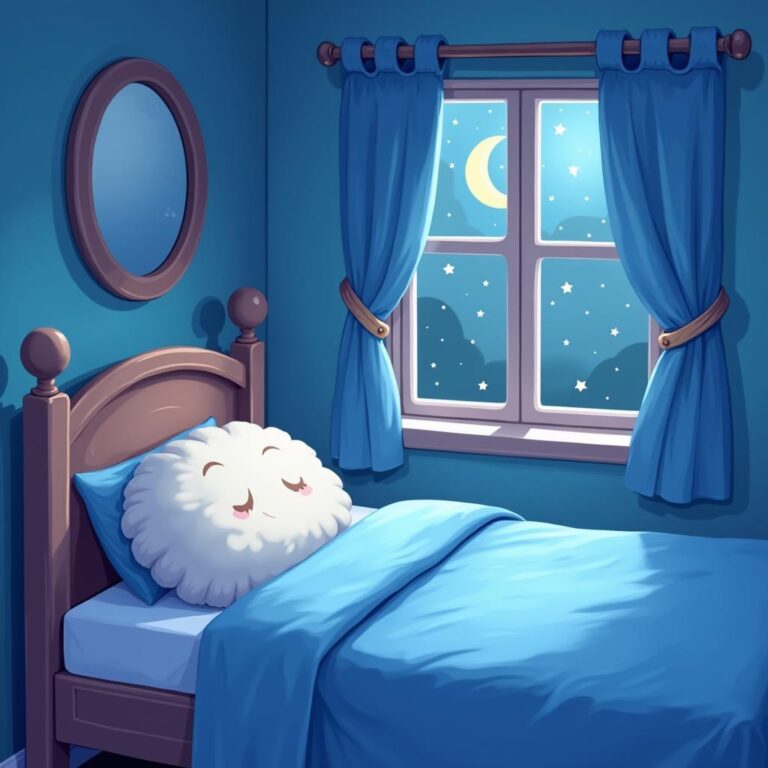Creating the ultimate sleep environment is essential for improving sleep quality, ensuring better overall health, and enhancing daily performance. With the right approach, you can transform your bedroom into a sanctuary that promotes restful sleep. In this article, we’ll explore various strategies and tips to help you design your ideal sleep environment.
Understanding the Importance of Sleep
Before diving into how to create the ultimate sleep environment, it’s important to understand the significance of sleep. Quality sleep is crucial for physical health, mental clarity, and emotional well-being. Poor sleep can lead to a myriad of issues, including fatigue, irritability, and increased susceptibility to illness. By investing time and effort into crafting the perfect sleep environment, you can boost your overall health and enhance your quality of life.
Choosing the Right Mattress and Bedding
Your mattress is the cornerstone of your sleep environment. Choosing the right mattress can greatly influence your sleep quality. Consider the following factors:
- Comfort Level: Opt for a mattress that matches your comfort preferences, whether it’s soft, medium, or firm.
- Material: Memory foam, latex, and innerspring mattresses each have unique benefits. Explore your options to find the best fit.
- Size: Ensure your mattress size fits your body type and personal space. A larger mattress may allow for more movement and comfort.
Beyond the mattress, the right bedding is essential. Choose breathable cotton or linen sheets, and consider adding a supportive pillow that aligns with your neck and spine to minimize discomfort.
Optimizing Room Temperature
The temperature of your sleeping environment plays a critical role in achieving quality sleep. Ideally, the bedroom should be kept cool, around 60-67 degrees Fahrenheit (15-19 degrees Celsius). Here are a few tips to help maintain the right temperature:
- Using a Fan or Air Conditioner: These can help circulate air and keep the room comfortably cool.
- Heating and Cooling Systems: Consider investing in a programmable thermostat that adjusts throughout the night.
- Choosing Appropriate Bedding: Use lighter bedding in warm seasons and heavier materials in cold seasons for temperature regulation.
Controlling Ambient Light
Light can significantly impact your sleep cycle. To create the ultimate sleep environment, aim to eliminate unwanted light sources:
- Blackout Curtains: Install blackout blinds or curtains to block outside light during the night.
- Dim Lighting: Use dimmable lights or lamps in your bedroom to create a calming atmosphere.
- Avoid Screens Before Bed: Blue light emitted from phones, tablets, and PCs can interfere with melatonin production. Aim to put away devices an hour before sleep.
Minimizing Noise Disturbance
Noise can disrupt your sleep cycle, leading to fragmented sleep. To create a tranquil sleep environment, consider these strategies:
- Sound Machines: Use white noise machines or apps that produce soothing sounds to drown out disruptive noise.
- Soundproofing: Invest in soundproofing measures such as thick curtains, carpets, or wall panels to reduce external sounds.
- Silent Appliances: Choose quieter appliances or turn them off before bedtime to minimize noise pollution.
Choosing Calming Colors and Decor
The color scheme and decor of your bedroom can impact your ability to relax and unwind. Consider colors that promote tranquility and relaxation:
- Soft Blues and Greens: These colors have calming effects and can help create a peaceful environment.
- Neutral Tones: Shades like beige, taupe, or soft gray create a serene backdrop that can soothe the senses.
- Minimalist Decor: Maintain a clutter-free and organized environment to enhance the feeling of calmness.
Incorporating Aromatherapy
Scents can trigger relaxation and improve sleep quality. Consider the following methods to incorporate aromatherapy into your sleep environment:
- Essential Oils: Use a diffuser with relaxing scents like lavender, chamomile, or sandalwood.
- Scented Pillows: Look for pillows or lavender sachets that provide soothing aromas as you sleep.
- Herbal Bath: Engage in a calming pre-sleep ritual, such as taking a warm bath with essential oils, to promote relaxation.
Designing a Pre-Sleep Routine
To further enhance your ultimate sleep environment, create a pre-sleep routine that signals to your body that it’s time to wind down. Here are some effective components for your routine:
- Relaxation Techniques: Incorporate activities such as reading, meditation, or gentle yoga to help calm the mind.
- Consistent Schedule: Aim to go to bed and wake up at the same time every day, even on weekends, to regulate your body clock.
- Limiting Caffeine and Heavy Meals: Avoid stimulants and heavy meals in the hours leading up to bedtime.
Final Thoughts
Creating the ultimate sleep environment requires attention to detail, dedication, and willingness to experiment until you find what works best for you. Remember, your sleep space is not just a room; it is a sanctuary for rest and rejuvenation. By implementing the tips outlined above, you can transform your bedroom into a peaceful oasis that supports optimum sleep and enhances your overall well-being. Invest in your sleep today, and enjoy the benefits of a restful night’s sleep tomorrow.







